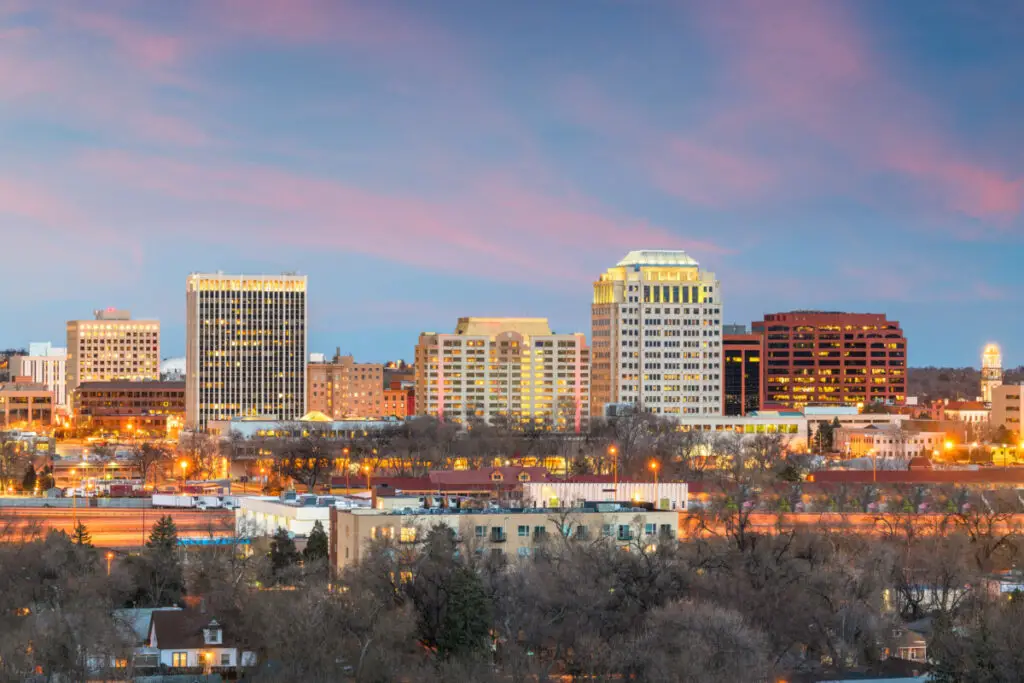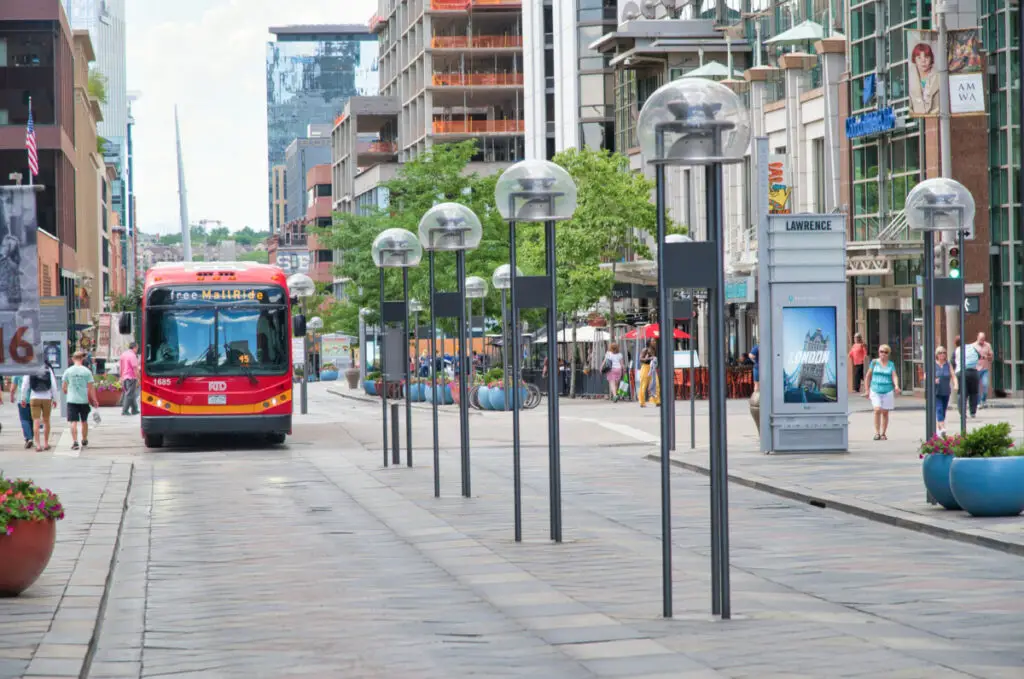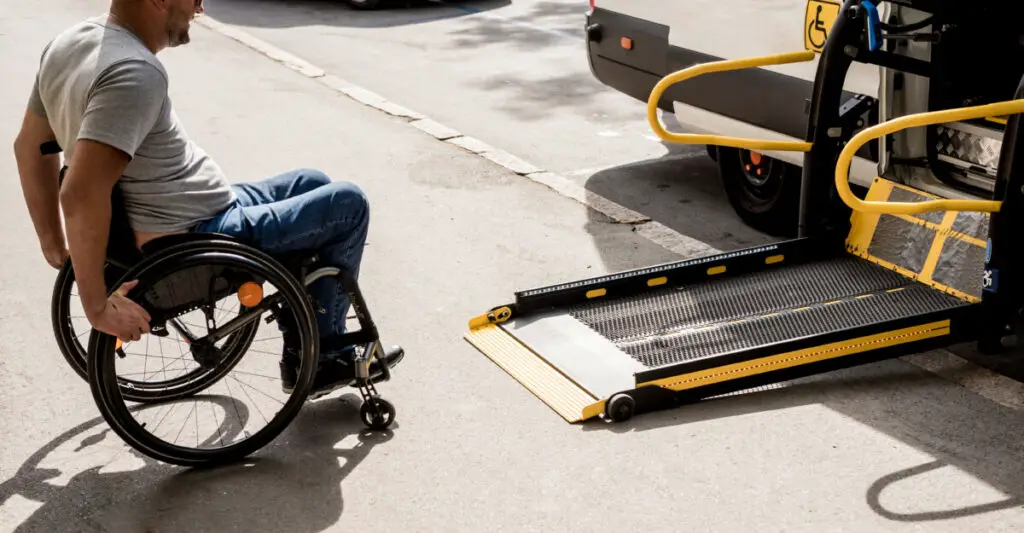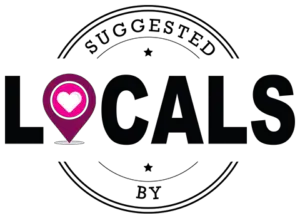
If you’re looking to visit or to move to Colorado Springs, Colorado, you may be wondering whether public transportation is available for you to get around and what options are available to you. We want to make your trip easier, so we’ve compiled everything you need to know about public transportation in Colorado Springs and put it in this article.
Colorado Springs, Colorado has a public transportation service provided by Mountain Metropolitan Transit (Metro). It offers 40 bus routes throughout Colorado Springs, with about 5 stops on each route, as well as services for alternative modes of travel and carpooling.
To learn more about the bus services provided by Metro, how to ride, and other commuting alternatives to help you save on gas, continue reading.
Mountain Metropolitan Transit (Metro)
Metro is the primary bus service and transit authority in the Colorado Springs Metro area. The company was founded in 1992 and provides various buses and bus routes throughout Colorado Springs. Their provided buses are “clean, safe, and economical”.
Buses and Bus Routes

Bus routes offered by Mountain Metropolitan Transit are numbered 1 through 40 and travel throughout the city, and out of Colorado Springs to include the cities of Manitou Springs and Security-Widefield. It even stops at Chapel Hills Mall.
Metro uses Google Maps to provide customers with bus routes, bus schedules, nearby bus stops, and real-time arrival and departure times. Day passes can be purchased on board the bus, at bus stop vending machines, or online on the Mountain Metro website, but if you are purchasing a 20-ride adult or special ticket, or a 31-day adult or special ticket, you will need to purchase them online.
on the Mountain Metro website, but if you are purchasing a 20-ride adult or special ticket, or a 31-day adult or special ticket, you will need to purchase them online.
Adult tickets are for riders between the ages of 19 and 59. Special tickets are available for children or youth (under 19), seniors (over 59), or people with disabilities riding the bus, and often come at a discounted rate.
How to Ride
- Find your route number on the transit system map or Google Maps. You can get a physical map from one of the many bus stops, onboard a bus, or request one to be mailed to you.
- Locate the closest bus stop to you on the route. Arrive at the address provided by the transit system map or the digital app. Bus stops are marked with a purple “Metro” sign with the associated bus stop number. Be sure you’re at the correct stop on your route.
- Have your cash, bus pass, or ticket prepared before boarding the bus. It’s best to do this while you are waiting for the bus to arrive at your stop.
- When the bus arrives, be sure that the number on the bus, which is located just above the windshield, matches the number on your route. Stand near the curb of the bus stop to let your driver know you need to board.
- Provide your bus fare to the driver. A bus pass will just need to be shown to the driver, whereas cash or a ticket will need to be inserted into the fare box next to the driver.
- Pull the cord next to the window when you’re ready to get off the bus. Make sure that you have all your belongings with you before you exit, and if there are two doors, exit through the rear door. Wait until the bus pulls away from the curb and has driven away before crossing the street. Never cross the street in front of any bus, even while it is parked.
Electric Buses
Mountain Metro has recently added 4 electric, zero-tailpipe emission buses to its routes in an attempt to help reduce air pollution, as well as noise pollution from everyday traffic. These buses are part of the regular fleet of buses and drive along the same routes as the rest of the Metro buses. You may be pleasantly surprised when an electric bus shows up at your stop.
Paratransit Services

Provided by Mountain Metropolitan Transit, paratransit is a line of specialized buses for seniors and people with disabilities. These buses are often smaller so they can park off-route for riders who are unable to make it to regular bus stops. They also come equipped with wheelchair lifts and straps to lock wheelchairs in place inside the bus.
Paratransit is designated for people who cannot get to and/or board the bus themselves and need additional assistance from the driver, hence why these are separate from regular public buses. This does not include people with a disability who find getting to and from their bus stop and boarding the bus difficult. Instead, it is specifically outlined that paratransit is designated for those who are unable to complete these tasks. The paratransit service provided by Mountain Metropolitan Transit is called Mountain Metro Mobility.
To utilize and pay for Mountain Metro Mobility services, which cost the same as other bus fares and tickets, you must apply for services through the metro website . If it is determined that you are eligible, an in-person interview will be conducted by representatives for Mountain Metro to determine the best riding schedule and pick-up/drop-off times and places.
. If it is determined that you are eligible, an in-person interview will be conducted by representatives for Mountain Metro to determine the best riding schedule and pick-up/drop-off times and places.
Another option for eligible disabled people is the Mountain Metro Mobility taxi . This service only serves to provide rides that are 7 miles or less. An eligible person can reserve a taxi for up to 3 days prior to when the ride will occur. Qualities that determine eligibility for the taxi may be different from qualities that determine your eligibility to use paratransit bus rides.
. This service only serves to provide rides that are 7 miles or less. An eligible person can reserve a taxi for up to 3 days prior to when the ride will occur. Qualities that determine eligibility for the taxi may be different from qualities that determine your eligibility to use paratransit bus rides.
Upon completion of the application process for the taxi, customers will be provided with a Metro Mobility card, which must be shown to the taxi driver upon pickup. Fares for riding the taxi will be the same as a bus fare. Service animals are permitted, but only if they are approved, authorized, and noted on the rider’s Metro Mobility card.
Alternative Commuting (Metro Rides)
As an alternative to commuting via bus, Mountain Metro Transit offers other ways to commute to help reduce fossil fuel emissions, air pollution, and the number of vehicles on the road, including carpooling, vanpooling, and biking programs. These rideshare and biking programs also help locals and visitors of Colorado Springs to save money.
Carpooling
Carpooling may be a great option to help you save money and get closer to your destination without having to transfer rides or take long walks. Mountain Metro Transit offers a carpooling ride-matching service database called RIDEPRO, which is available for free online. With this service, you will be matched with other people looking for a carpooling group for the same purpose, with whom you can then make arrangements for payment, where you will meet, and where you will be dropped off.
After registering for RIDEPRO, you will be matched with other people who work or live near you, and are on similar time schedules as you. The candidates on the RIDEPRO database will be matched with you based on the preferences and information you put into the registration page. Your personal information will remain confidential, but your email and phone number will be shared with the rideshare candidates you match with so they can communicate with you.

Vanpooling
Vanpooling is very similar to carpooling, only that a driver in your group will use a van to transport you and your group. This allows more people to share a ride, typically around 6 or 10 people. After an application has been approved, Mountain Metro Transit will provide a metro-owned van to the group.
Each passenger will pay a small monthly fee for a small mini-van that seats up to 6 people or a large van that seats up to 10. This payment pays for fuel, maintenance, and insurance costs. The monthly fare will vary each month by the number of passengers and the miles travelled. All riders are responsible for volunteering to drive and submitting maintenance reports.
During the application process , you will be asked what your daily commute entails, including your schedule and your starting location and destination. The database will try to match you with a van that is already being used for vanpool that passes through your route, otherwise, a new vanpool group will be started.
, you will be asked what your daily commute entails, including your schedule and your starting location and destination. The database will try to match you with a van that is already being used for vanpool that passes through your route, otherwise, a new vanpool group will be started.
You can also form your own vanpool group with people you know that have similar commuting schedules and live or work near you. This is especially useful for co-workers. Once you have a group, you can invite more people in your workplace who may find this program useful, or talk to a Mountain Metro Rides Vanpool Specialist who can help you find people who live or work near you that are already on the vanpool waitlist.
Once you’ve formed a vanpool group or the vanpool database has formed one for you, contact your group to set up a meeting to discuss where and when to meet and discover each group member’s destination. You should also designate a driver or determine who will drive and when. During this meeting, finish filling out your sign-up forms and exchange information with your group.
Biking Programs
To help residents save money and to help reduce air pollution in Colorado Springs, Mountain Metro Transit offers a biking program for residents who want to commute to work by bike. This program includes bike partner matching , in which the database will match you with a partner or group of people who also want to commute to work by bike.
, in which the database will match you with a partner or group of people who also want to commute to work by bike.
All Mountain Metro Buses have bike racks and bike lockers for added convenience and as part of their bike-and-bus program.
